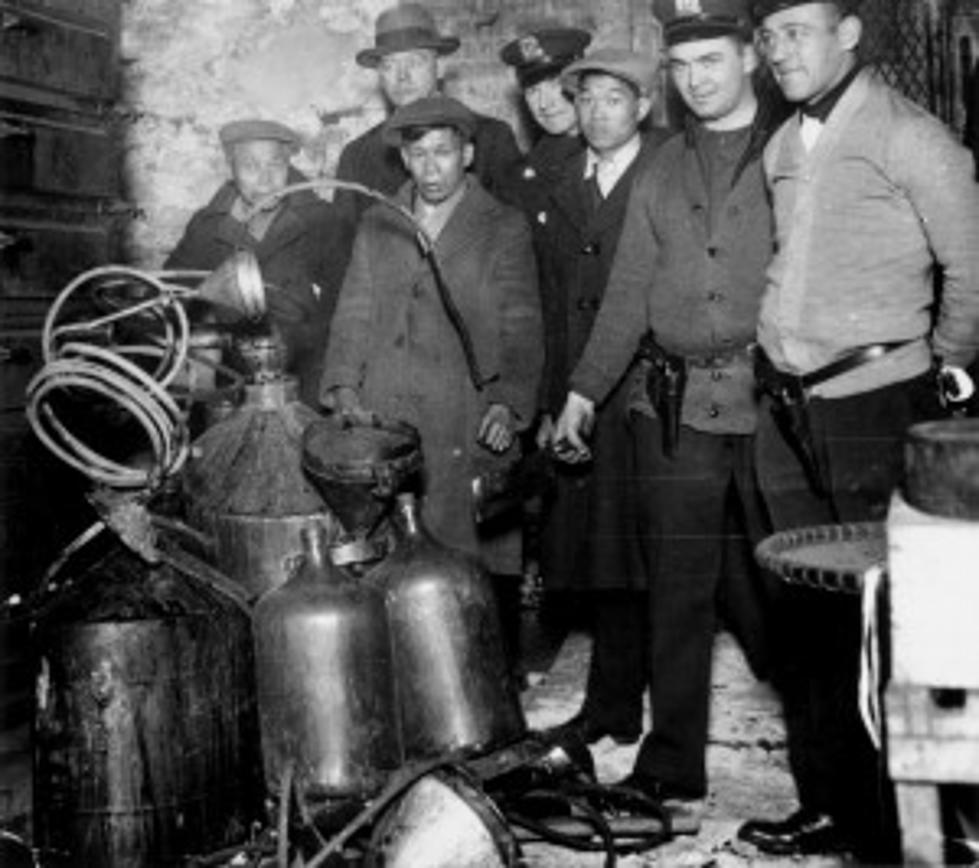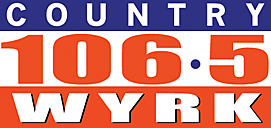
Buffalo During Prohibition
It was the 18th Amendment in 1919 that banned the manufacture, sale and distribution of alcohol. It was known as Prohibition, but lasted just over a decade because it killed the economy. Breweries, taverns and restaurants were forced to close, thousands of people lost their jobs and it led to other problems. The biggest of those problems was organized crime specializing in illegal liquor served at speakeasies.
Buffalo was in an interesting position during Prohibition because beer and liquor was legal in Canada, so nearly every day somebody tried to bring it across the border. Usually it was by boat with Customs agents constantly on the lookout for suspicious activity. All along the Niagara River from Buffalo to Youngstown people were taking their chances and many of them were successful.
When the Peace Bridge opened in 1927 people came up with all kinds of creative ways to hide liquor in cars and trucks. The term “bootleggers” comes from colonial times when smugglers hid liquor in their tall boots.
According to the Buffalo mayor in 1922, there were about 8,000 places in the city – he called “soft drink” places where you could buy and drink illegal beer and liquor.
Of the 20 breweries in Buffalo at the start of Prohibition they had to figure out what to do. Most of them began making low-alcohol beer, soft drinks, juices, vinegar, even dairy products. Only seven of them survived.
In 1933, Congress ratified the 21st Amendment, abolishing Prohibition, ending what had become known as the Great Experiment.
SOURCE: buffaloian.com/history



